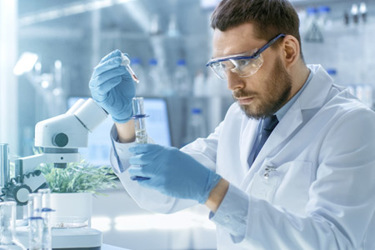Improving AAV Manufacturing Process With Design Of Experiment And Fit For Purpose Transfection Reagent
By Paul Giroud, PhD, DOE Scientific Support Specialist and Hakima Flici, PhD, Scientific Support Specialist

The demand for AAV vectors has been growing in recent years alongside the growth of gene and gene-modified therapies. AAV vectors are preferred for the direct delivery of gene therapies because they are not pathogenic and elicit only minimal immunogenic reactions in animals and humans. One barrier to meeting that demand, is the cost to develop, manufacture, and deliver these therapies.
A design-of-experiment (DoE) approach is one of the most effective methods for establishing optimum solutions. Scaling out is accompanied by a linear increase in costs with the use of multiple production trains based on the same inefficient processes and is not a long-term solution. The DoE approach provides a systematic and efficient mechanism for gaining deep insight into the critical process parameters that directly influence critical quality attributes. In addition, process intensification can be achieved using fit-for-purpose plasmids and transfection reagents.
Get unlimited access to:
Enter your credentials below to log in. Not yet a member of Cell & Gene? Subscribe today.
